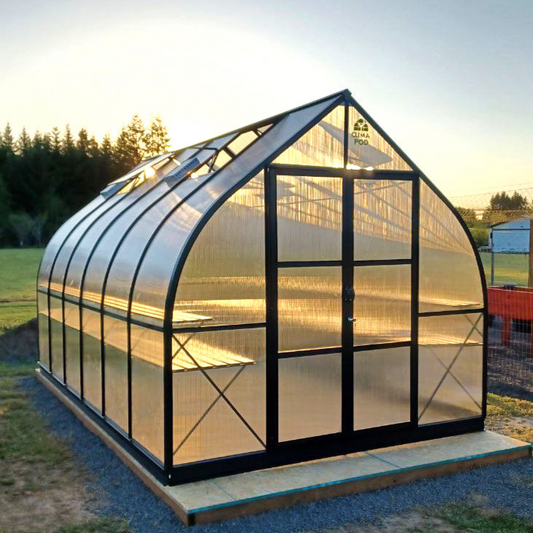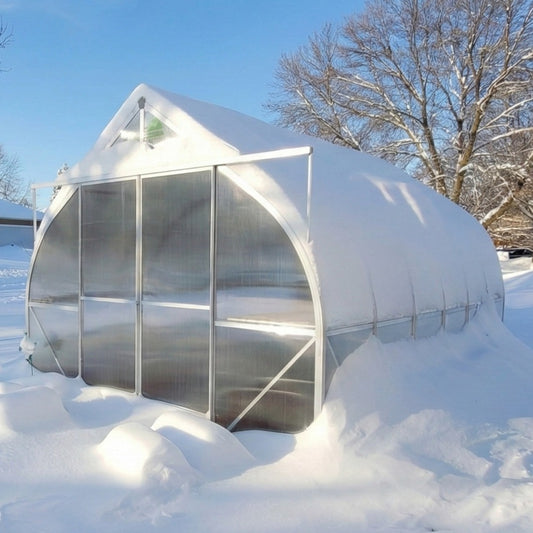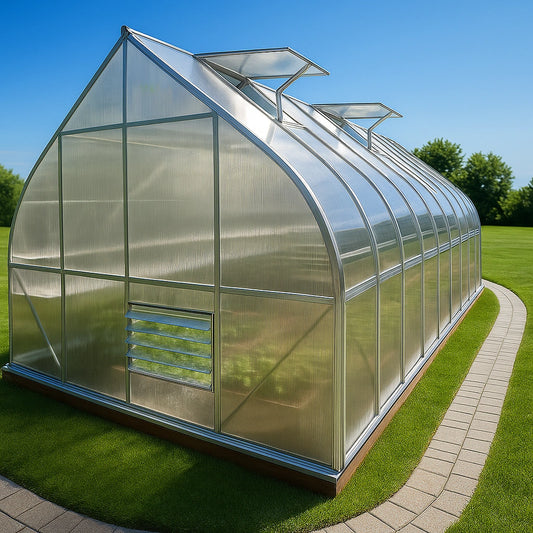
Preparing the Garden for Winter: Essential Tasks for Orchardists, Growers and Backyard Gardeners
Overview
After harvest, garden work doesn’t stop, it shifts. Proper fall and pre-winter care reduces disease pressure, protects roots and trunks from winter injury, and sets the orchard or garden up for a healthy spring. The checklist below focuses on practical, low-risk tasks: sanitation, mechanical pruning, soil preparation, and non-chemical options where possible. When chemical controls are considered, consult your county extension or product labels to ensure correct and legal use.
Leaf Cleanup & Yard Sanitation
Why tidy up fallen leaves?
Fallen leaves can be a resource (compost or mulch) but they can also harbor overwintering fungal spores and insect eggs. Remove and destroy leaves from trees with obvious disease (e.g., scab, powdery mildew, or other diagnosed infections). For healthy leaves, composting is a good option if your compost reaches sufficient heat to kill pathogens.
Best practices
- Rake or blow leaves into piles and check them before composting: diseased material should be removed from the property or placed in a separate hot composting area.
- Use shredded leaves as mulch for cold-tolerant perennials (applied in a thin layer) but avoid deep layers that trap moisture against crowns.
- Sanitize tools and work boots after handling diseased material to prevent spread.
Fruit Tree Care: Pruning & Wound Care
Timing and scope of pruning
Late fall pruning to remove dead, damaged, or crossing branches should be completed before persistent deep freezes. However, avoid heavy pruning just before extremely cold snaps, the goal is to remove hazards and improve structure, not to stimulate vigorous new growth.
How to prune and treat cuts
- Use sharp bypass pruners or a pruning saw for larger limbs; make clean cuts at the branch collar.
- Treat large cuts with a protective dressing only if recommended by your local extension: many cuts heal naturally when made correctly.
- Dispose of removed limbs and heavily infected wood away from the orchard to reduce overwintering pests and pathogens.
Pest & Disease Management (Safe Practices)
Cultural and mechanical controls
Cultural practices provide the foundation for winter pest management: remove diseased fruit and foliage, thin dense areas to improve airflow, and till or turn soil in the root zone where appropriate to expose larvae and pupae to winter mortality.
Chemical controls - a cautious approach
If you use fungicides or insecticides for dormant or post-harvest treatments, follow these rules:
- Consult your state extension service for approved products, timing, and application rates in your region.
- Read and follow label directions exactly; legally, the product label is the law.
- Prefer targeted, lowest-risk options and apply only when monitoring indicates a need.
Trunk Whitewash & Sunscald Protection
Why whitewash?
Young and thin-barked trees are vulnerable to winter sunscald and frost cracks when daytime sun warms the trunk and cold nights follow. A white coating reflects sunlight and moderates temperature swings.
How to apply
- Remove loose bark, lichen, and moss gently before application.
- Use a commercially prepared tree whitewash or a diluted limewash formula following extension guidelines; apply from soil level to the first major scaffold branches.
- Reapply as needed the following winter if signs of sunscald reappear.
Watering & Fall Fertilization
Deep watering before freeze
Well-hydrated trees are better able to withstand winter stress. Plan a deep, slow watering (a “winterizer” or soak) during a warm period before the ground freezes. For young trees, apply enough water to thoroughly moisten the root zone, typically several gallons per square yard of root zone; adjust to tree size and local soil conditions.
Fertilizer guidance
Avoid high-nitrogen applications in fall, nitrogen stimulates tender growth that reduces winter hardiness. Instead, apply phosphorus- and potassium-rich fertilizers or a balanced autumn formula as recommended by a soil test. Always follow product label rates or extension recommendations.
Shrubs, Berries & Perennials
Pruning and renovation
Remove dead, diseased, or weak canes from berry bushes and prune perennials back as appropriate for the species. For raspberry and blackberry, remove canes older than the recommended age for your variety to encourage vigorous new growth.
Winter feeding
After pruning, apply a light dose of potassium and phosphorus if soil tests indicate a need; avoid heavy fertilization that encourages late growth.
Protecting Plants from Rodents
Reduce habitat and protect trunks
- Remove brush piles and tall grass where rodents overwinter.
- Use trunk guards, hardware cloth, or wire mesh around young trees and tender stems to prevent gnawing by mice and voles.
- Place bait stations or traps only in accordance with local regulations and safety guidelines; consult extension for humane and legal options.
Winter Covering: Mulch, Fabric & Insulation
Mulch best practices
Apply a 2–4 inch layer of organic mulch (shredded leaves, straw, or bark) around tree bases and perennial crowns to moderate soil temperature and conserve moisture. Keep mulch a few inches away from tree trunks to prevent rot and rodent sheltering.
Use of row covers and cold frames
For vegetable beds and tender annuals, floating row covers, cold frames, and greenhouse structures are highly effective for winter extending and freeze protection. ClimaPod and similar greenhouse kits provide controlled conditions for overwintering crops, managing humidity and temperature while allowing sunlight in.
Final Notes & How a Greenhouse Helps
Fall garden prep is an investment in next season’s success. Focus on sanitation (removing diseased plant material), structural care (pruning and whitewashing), smart soil management (proper watering and winter-safe fertilization), and rodent protection. When you layer protection (mulch, covers, and a greenhouse or cold frame) you dramatically increase your odds of an early, healthy spring start.
How ClimaPodGreenhouses.com can help
A durable greenhouse or cold frame makes fall and winter gardening far more predictable. ClimaPod greenhouse kits offer robust framing, reliable glazing, and options for ventilation and insulation -- helping gardeners and small farmers in the U.S. protect overwintering crops, extend season length, and achieve higher yields. Explore ClimaPod greenhouse kits and get expert advice to choose the right size and features for your site.
Helpful resources: contact your local cooperative extension for region-specific advice on disease identification, approved products, and legal application techniques. Always follow label directions for any pesticide or fertilizer you apply.











